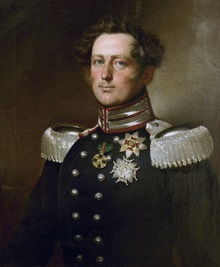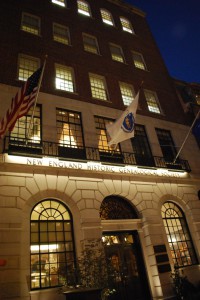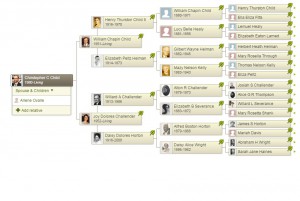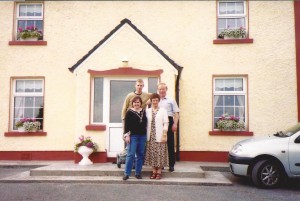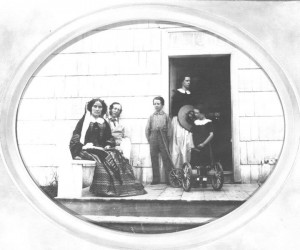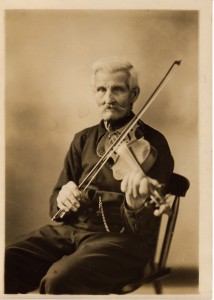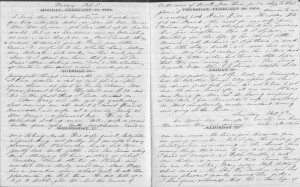
A frequent refrain here at Vita Brevis is that genealogists should consider not just their direct ancestral lines, with a glance at collaterals like siblings or close cousins, but the larger community in which a forebear or collateral relative lived. I was struck by this dictum as I reviewed the Regina Shober Gray diary this winter, as Mrs. Gray lived in a time and place which Jane Austen would have recognized: even the diarist’s closest friends were generally referred to by their married names. Continue reading The wider circle
